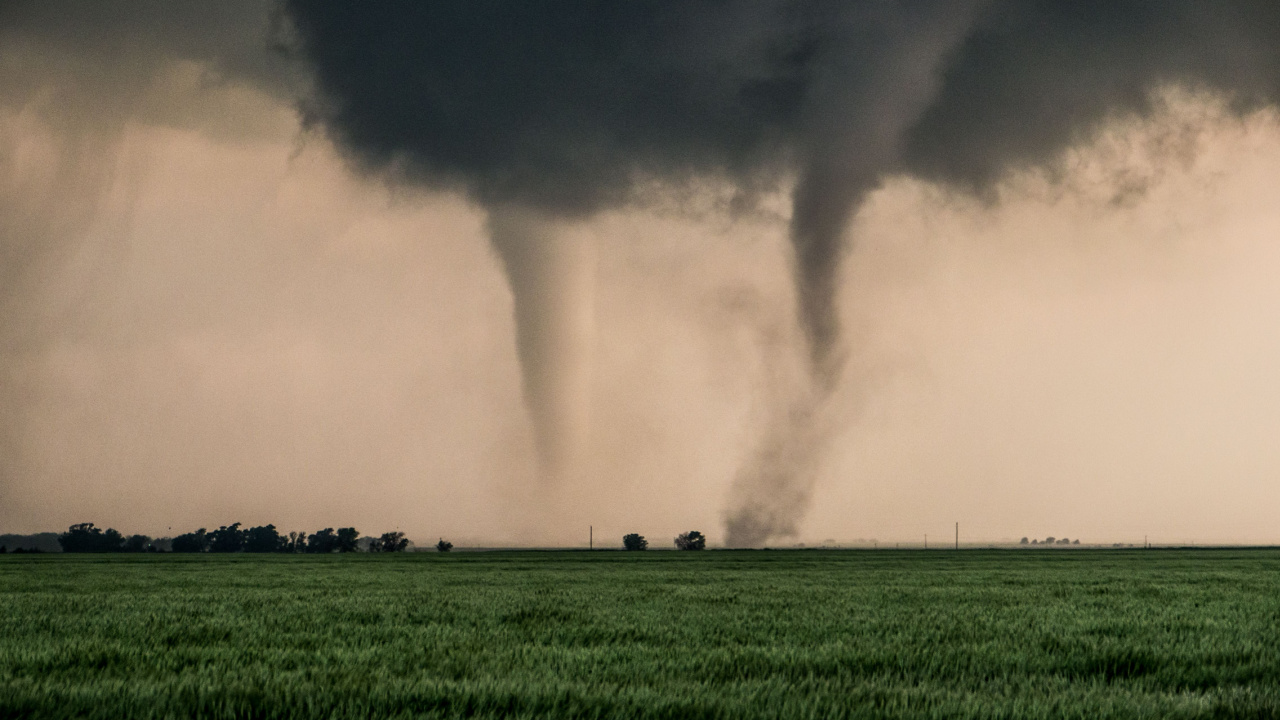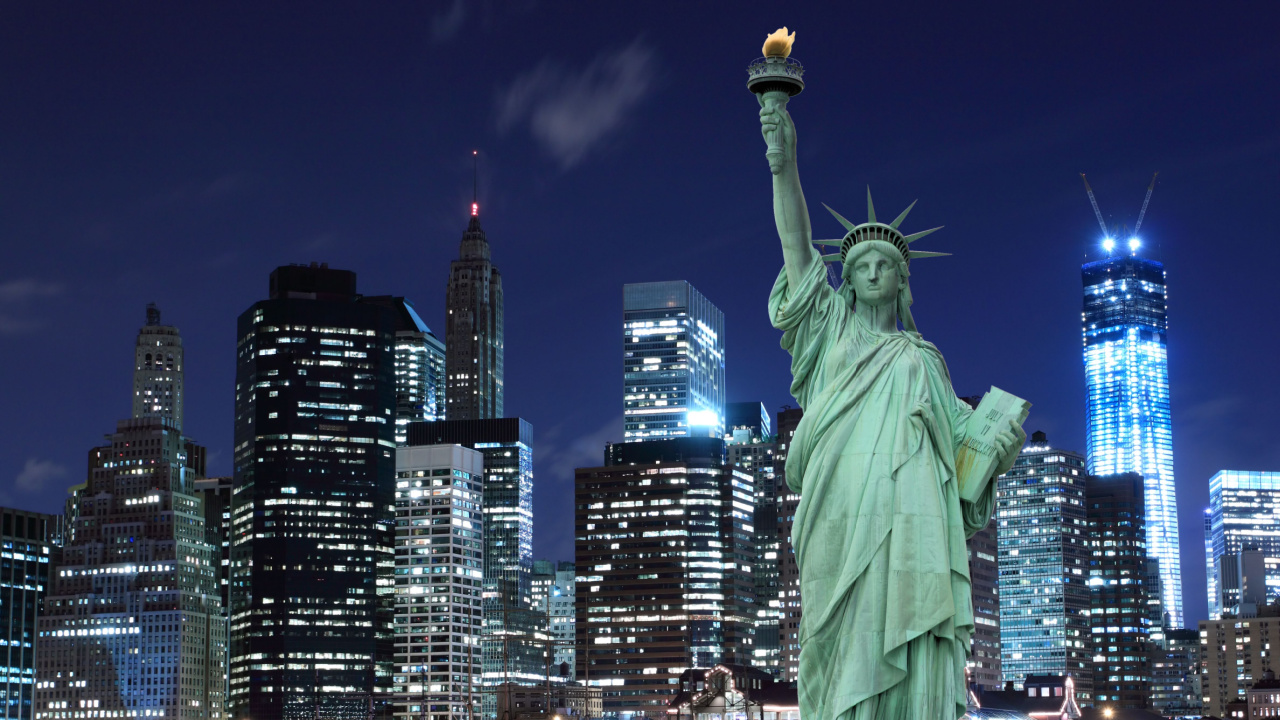As someone who loves to explore the world, I know how exciting it is to plan a trip to a new destination. But have you ever considered that some places might become too hot to visit in the coming decades? It’s a sobering thought, but the reality is that climate change is causing temperatures to rise, and some countries are projected to experience life-threatening heat levels by 2050.
How Were These Hot Spots Determined?

You might be wondering how scientists figure out which places will be too hot to handle in the future. Well, it turns out that researchers at Penn State University have been studying the effects of heat on the human body. They’ve found that even young, healthy people can only tolerate prolonged heat of up to 88 °F (31 °C) with 100% humidity if there’s no cooling source like air conditioning.
By 2050, if global temperatures rise by 2 degrees as projected, certain regions will frequently experience conditions hotter than what humans can safely endure. These areas include sub-Saharan Africa, the Indian subcontinent, and East Asia. We’ve used the Penn State report to identify countries that are expected to have the highest sustained temperatures exceeding human tolerance limits.
India

Did you know that India is the most populous country in the world? A whopping 17% of all human beings call India home. Unfortunately, this also makes India especially vulnerable to the impacts of climate change. Over the past century, temperatures in India have already risen by 1.3 °F (0.7 °C), and the trend is only expected to continue.
Pakistan

Pakistan, India’s neighbor on the Indian subcontinent, faces many of the same challenges when it comes to global warming. In fact, in 2022, Pakistan suffered devastating floods that impacted over 30 million people. Homes, infrastructure, and farmland were destroyed, highlighting the country’s vulnerability to extreme weather events.
Bangladesh

When it comes to countries most at risk from climate change, Bangladesh tops the list. This densely populated nation grapples with high levels of poverty and a geography that makes it prone to flooding. With the majority of Bangladeshis working in subsistence agriculture, the predicted increase in extreme heat puts millions of lives and livelihoods in jeopardy.
China

If you’ve ever seen photos of Chinese cities like Shanghai, you know that air pollution is a major issue. The problem is exacerbated by stagnant air, intense sunlight, and high temperatures. As the world’s largest emitter of carbon dioxide, largely due to its reliance on coal, China is now experiencing the consequences of its rapid economic growth. In fact, 2023 was the hottest year on record for China, with temperatures increasing by 0.43 °F (0.24 °C) per decade since 1951 – a rate higher than the global average.
Chad

Chad is a Central African country forecast to become much drier and hotter in the coming decades. Recent climate projections show that Chad is foreseen to only become hotter and drier throughout the rest of the century. Rainfall is inconsistent there, alternating between floods and droughts. Unfortunately, these conditions are ideal for creating overpopulations of locusts that swarm in dry years in search of food. Future dry and wet periods are likely to become more extreme in Chad. The human population has been moving further south in response to increasing temperatures and desertification in the north.
Niger

Many people in Niger make their living fishing on the river. The water source also raises the humidity to dangerous levels. Most of the approximately 24 million people in Niger live in the southern part of the country rather than the desolate Sahara in the North. Half the country’s people live in extreme poverty, made worse by civil conflict and natural disasters such as drought, flooding, and locust plagues. Climate change has hit the country hard, as temperatures in Niger in the past two decades have been among the hottest in the world.
Mali

The Sahara landscape in Mali looks like a scene from Mars, only far hotter. Mali is a large country in Northwest Africa. It is served by two rivers, the Niger and the Senegal. Although only 14% of the country’s land is suitable for agriculture, about 50% of Mali’s GDP comes from agriculture. With most of its territory in the Sahara and the arid Sahel region, Mali is vulnerable to rising temperatures, desertification, and natural disasters brought on by weather instability.
Saudi Arabia

Saudi Arabia has some of the world’s largest petroleum reserves but is not banking on the oil lasting forever. One way the country’s leaders are building a more sustainable economy is by constructing a sustainable city in the northwestern part of the country. Called “The Line,” this city will be a 106-mile-long, 150-story-high set of two skyscrapers facing one another and connected by skywalks at different levels. Housing about 9 million people, The Line will run entirely from renewable energy sources, like solar. It may prove to be a model for other countries seeking to house their populations out of the blazing sun.
United Arab Emirates

Located on the coast of the Persian Gulf, the United Arab Emirates is one of the wealthiest countries in the world on a per capita basis. However, realizing their oil wealth will not last forever, the country’s leaders have invested heavily in alternative revenue streams such as tourism, world-class medical care, and renewable energy research and development. The UAE has even gotten involved in schemes to purchase enormous tracts of land in Africa to prevent their forests from being developed. These “carbon sinks” absorb the carbon dioxide released in other parts of the world, including the UAE.
Qatar

A small Persian Gulf country, Qatar has become increasingly interested in the issue of climate change. In 2021 the country created a Ministry for Environment and Climate Change. Qatar has also built its first solar energy plant and has begun investing in other kinds of renewable energy. Most of Qatar’s population lives in urban areas along the coast, making the country vulnerable to rising sea levels.
Bahrain

Bahrain, an island country in the Persian Gulf, has a hot, arid climate. It has reached record high temperatures of 117 °F (47.4 °C). The temperature is exacerbated by humidity from the sea that can reach 90% in the winter and southwest winds that blow hot, dry sand clouds over the southern end of the island in the summer.
Kuwait

Kuwait suffered a great deal of environmental damage in 1990-91 in the first Persian Gulf War. This included damage to agriculture and infrastructure, as well as catastrophic oil spills and oil well fires that were deliberately set by the Iraqi invaders. Measurable effects of climate change in Kuwait include a decrease in rainfall, a rise in sea levels along the coast, and an increase in dust storms.
Iran

As a result of climate change, Iran is experiencing lower levels of precipitation and the hottest temperature ever recorded in Asia. About 35% of Iranians are dealing with water shortages. Rapid urbanization is making the problem worse by increasing emissions of greenhouse gasses, lowering air quality, and creating heat islands.
17 Most Devastating Tornadoes In History

Nature’s fury is terrifying, and tornadoes are among the most deadly natural phenomena. These 17 deadly tornadoes highlight nature’s power and the resilience of humans in the aftermath of such devastation.
24 Most Devastating Blizzards in US History

For preppers, understanding the power and impact of historic blizzards is key to being prepared for future winter emergencies. Each of these historic snowstorms teaches valuable lessons about resilience, planning, and survival. The more prepared we are, the better our chances of survival in an emergency scenario.
- Read More: 24 Most Devastating Blizzards in US History
23 Riskiest Cities To Be During a Power Grid Collapse

In a world where the stability of our power grid is increasingly under threat, knowing which urban areas to avoid during a blackout is crucial for any serious prepper. And which areas to escape as quickly as possible. When you’re making your survival plans, keep in mind that these are the places you don’t want to be.
Katy Willis is a writer, lifelong homesteader, and master herbalist, master gardener, and canine nutritionist. Katy is a preparedness expert and modern homesteader practicing everyday preparedness, sustainability, and a holistic lifestyle.
She knows how important it is to be prepared for whatever life throws at you, because you just never know what's coming. And preparedness helps you give your family the best chance to thrive in any situation.
Katy is passionate about living naturally, growing food, keeping livestock, foraging, and making and using herbal remedies. Katy is an experienced herbalist and a member of the CMA (Complementary Medical Association).
Her preparedness skills go beyond just being "ready", she's ready to survive the initial disaster, and thrive afterward, too. She grows 100% organic food on roughly 15 acres and raises goats, chickens, and ducks. She also lovingly tends her orchard, where she grows many different fruit trees. And, because she likes to know exactly what she's feeding her family, she's a seasoned from-scratch cook and gluten-free baker.
Katy teaches foraging and environmental education classes, too, including self-sufficient living, modern homesteading, seed saving, and organic vegetable gardening.
Katy helps others learn forgotten skills, including basic survival skills and self-reliance.
She's been published on sites such as MSN, Angi, Home Advisor, Family Handyman, Wealth of Geeks, Readers Digest, and more.
